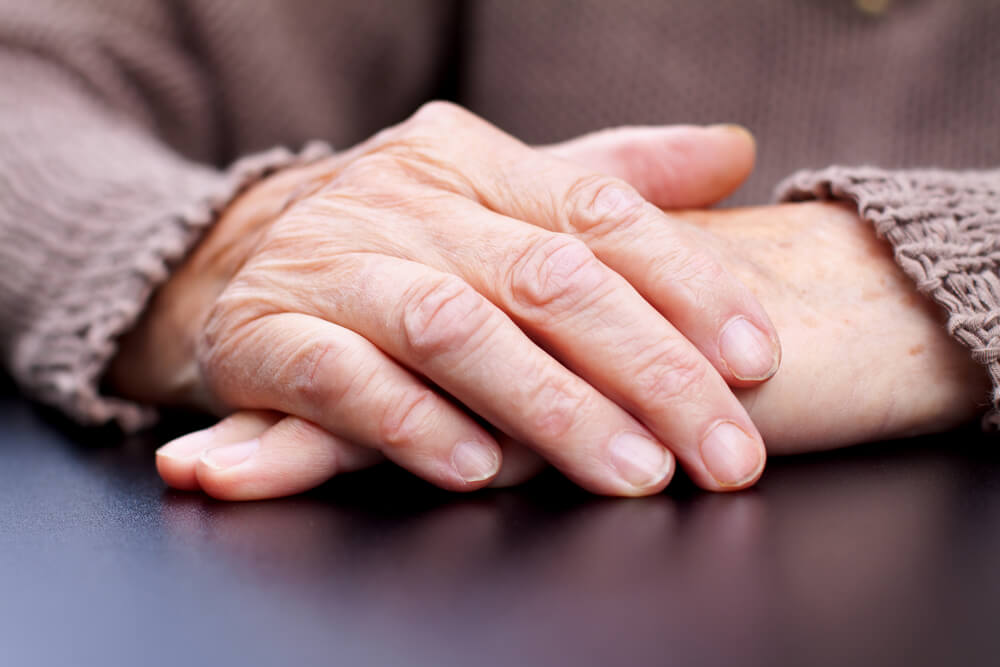It’s a sobering statistic: Heart disease is the number one cause of death in the United States. It’s the cause of one in four deaths in the U.S. every year. What is heart disease? It’s a group of conditions including heart attacks and coronary artery disease (CAD) that affect the functioning of the heart.
Historically, heart disease has been perceived as a men’s disease. In reality, about the same number of men and women die from heart disease every year. But the risks and symptoms of heart disease differ between men and women in many ways. It’s important to be aware of those differences and learn what lifestyle changes can help reduce the risk of heart disease for everyone.
Common risk factors
Before we get to the differences, know that there are many heart disease risk factors common to men and women. Most are lifestyle related which means that there are reliable ways for improving heart health for everyone. More on that in a minute.
These heart disease risk factors are the same for men and women:
- Smoking
- Diabetes
- High blood pressure
- Being overweight or obese
- Physical inactivity
- Family history of heart disease
Heart disease risks for women
Historically, most heart disease research was conducted only on men. New research on women is yielding results about how and why heart disease affects the female body differently.
It starts with biology. Women’s hearts are generally smaller than men’s and their blood vessels are thinner. Cholesterol builds up in different areas in women’s and men’s bodies. Men experience build up in the larger arteries which supply blood to the heart. In women, that build-up often occurs in the small blood vessels in the heart. Women’s hearts also pump faster than men’s, but they pump about 10% less blood.
Scientists have also learned that a woman’s reproductive history can have serious implications for her long-term heart health. Studies show that pregnant women who develop endometriosis, gestational diabetes, or preeclampsia are at higher risk for heart disease later in life. In fact, in women under 40, endometriosis has been shown to increase the risk of developing CAD by 400%.
Menopause also poses different risks for women. Premature menopause — especially before age 35 — is a proven risk for cardiovascular disease. Estrogen is a hormone that provides some protection from heart disease in women; but during menopause estrogen levels drop and that may contribute to a higher risk of heart disease in some women.
Different heart attack symptoms
When a blood vessel in the heart becomes blocked, it can cause a heart attack. The blockage stops blood flow in the artery, the pumping action of the heart can be disrupted, and blood flow to the rest of the heart can stop too. It’s a deadly situation that needs to be caught quickly to be corrected. Knowing the symptoms is critical. Most people associate chest pain with having a heart attack. It’s a classic heart attack symptom in men, but that’s not always the case with women.
Familiarize yourself with this first list of common heart attack symptoms, and the second list of heart attack symptoms that women often experience.
Common heart attack symptoms (both men and women can experience these):
- Chest pain
- Shortness of breath or trouble breathing
- Heart palpitations
- Nausea
Heart attack symptoms often experienced in women:
- Shortness of breath, fatigue, or insomnia
- Sweating
- Vomiting
- Pain in the neck, back, or jaw
Prevention tips for everyone
The good news is that everyone — men and women — can focus on the same preventative measures to keep their heart-healthy. And these recommendations aren’t just for seniors. It’s never too early to start good habits that will help support lifelong heart health.
- If you smoke, stop. If you don’t, never start smoking or using any tobacco products
- Know your own risk factors including your family’s history with heart disease
- Exercise regularly — 30 minutes a day is a good goal
- Get regular check-ups with your doctor and get screened for heart disease
- Focus on nutrition and a diet of healthy vegetables
Mom’s Meals® can help
We offer heart-friendly, medically tailored meals delivered right to your home. The nutritious and delicious refrigerated meals make it easy to eat a heart-friendly diet every day. Explore the heart-friendly menu.
Sources:
- https://www.hopkinsmedicine.org/health/conditions-and-diseases/heart-disease-differences-in-men-and-women
- https://www.cdc.gov/heartdisease/facts.htm
- https://health.clevelandclinic.org/women-men-higher-risk-heart-attack/
- https://www.cdc.gov/heartdisease/women.htm
- https://my.clevelandclinic.org/health/articles/16979-estrogen--hormones



